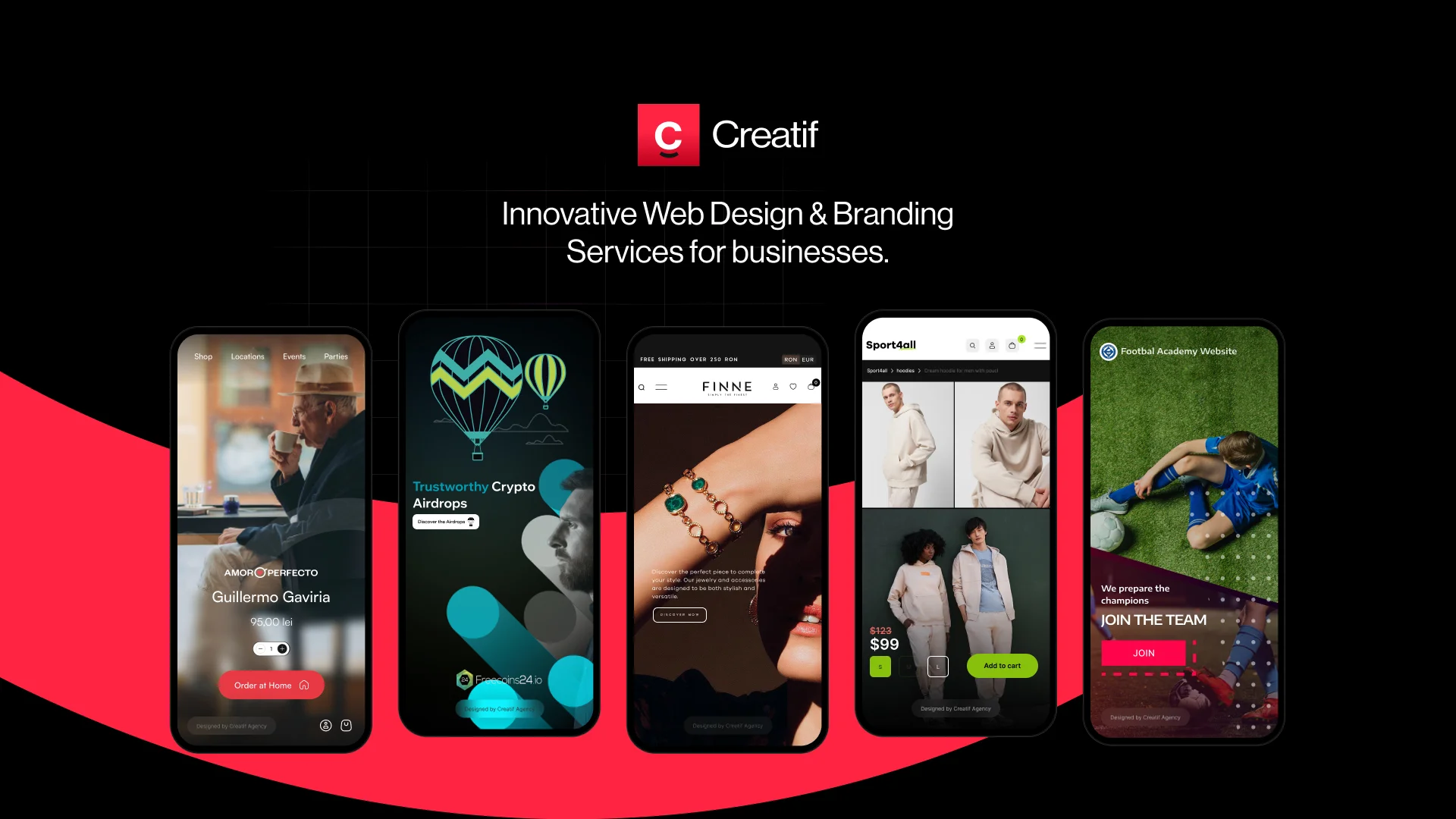Best 10 Branding Strategies in 2024 Explained

Discover our comprehensive guide on the best branding strategies in 2024! Establishing a strong brand identity is crucial for success. In this article, we will explore ten effective branding strategies that will help your business stand out from the crowd and connect with your target audience. Let’s dive in!
Define Your Brand Identity
Before implementing any branding strategies, it’s essential to define your brand identity. This involves determining your brand’s mission, values, and unique selling proposition. Take the time to understand what sets your business apart from competitors and how you want to be perceived by your target audience. By clearly defining your brand identity, you can create a strong foundation for all your branding efforts.
Establish Your Brand’s Mission
Start by identifying the purpose of your brand. What problem does your business solve, and what value do you provide to your customers? Craft a clear and concise mission statement that reflects your brand’s purpose and communicates it effectively to your audience.
Define Your Brand’s Values
Next, determine the core values that guide your brand. These values should align with your mission and resonate with your target audience. Whether it’s sustainability, innovation, or customer-centricity, make sure your values are authentic and consistently reflected in all aspects of your brand.
Identify Your Unique Selling Proposition
What makes your brand unique? Identify the key features, benefits, or qualities that differentiate your business from competitors. Your unique selling proposition should be compelling and resonate with your target audience, giving them a reason to choose your brand over others.
Know Your Target Audience
Understanding your target audience is essential for effective branding. By knowing who your customers are, their preferences, and their pain points, you can tailor your branding strategies to resonate with them on a deeper level. Here are some steps to help you gain insights into your target audience:
Create Buyer Personas
Develop detailed buyer personas that represent your ideal customers. Consider demographic information, interests, behaviors, and motivations. This will help you create targeted messaging and design elements that appeal to your audience.
Conduct Market Research
Stay updated on market trends, industry insights, and competitor analysis. Conduct surveys, interviews, and focus groups to gather valuable feedback from your target audience. This research will provide you with valuable insights to refine your branding strategies and stay ahead of the competition.
Monitor Online Interactions
Utilize social listening tools to monitor online conversations about your brand, industry, and competitors. Pay attention to customer feedback, reviews, and comments on social media platforms. This will help you understand how your brand is perceived and identify areas for improvement.
Create a Strong Visual Identity
Creatif Agency design memorable brands and websites that will last forever. From logo design, brand strategy, positioning, planning, design and execution.
Schedule a consultancy for your project
A visually appealing and consistent brand identity is crucial for capturing your audience’s attention and creating brand recognition. Here are some key elements to consider when developing your visual identity:
Logo Design
Create a memorable and visually appealing logo that represents your brand’s personality and values. Your logo should be versatile and easily recognizable across different platforms and mediums.
Color Palette
Choose a color palette that reflects your brand’s personality and resonates with your target audience. Colors evoke emotions and can influence how your brand is perceived. Ensure consistency in color usage across all branding materials.
Typography
Select fonts that align with your brand’s tone and values. Typography plays a significant role in conveying your brand’s personality and enhancing readability. Choose fonts that are legible across different devices and mediums.
Visual Elements
Consider incorporating visual elements such as icons, illustrations, or patterns that complement your brand’s identity. These elements can add visual interest and enhance brand recognition.
Consistent Brand Messaging
Consistency is key when it comes to brand messaging. Your brand’s voice and tone should remain consistent across all communication channels and touchpoints. Here’s how you can achieve consistent brand messaging:
Create Brand Guidelines
Develop comprehensive brand guidelines that outline your brand’s voice, tone, and messaging guidelines. These guidelines should be shared with all team members and external partners to ensure consistency in brand communication.
Use a Unified Brand Voice
Whether it’s your website, social media posts, or customer support, maintain a consistent brand voice that aligns with your brand’s personality. This will help build trust and familiarity with your audience.
Craft Compelling Brand Stories
Storytelling is a powerful tool for connecting with your audience on an emotional level. Develop compelling brand stories that highlight your brand’s values, mission, and impact. These stories can be shared through blog posts, videos, or social media content.
Personalize Your Messaging
Segment your audience and tailor your messaging to specific customer groups. Personalization can help create a more meaningful connection with your audience and increase engagement.
Utilize Social Media
Social media platforms provide an excellent opportunity to build brand awareness, engage with your audience, and drive conversions. Here are some strategies to leverage social media for branding:
Choose the Right Platforms
Identify the social media platforms that align with your target audience’s preferences and behaviors. Focus your efforts on platforms where your audience is most active.
Create Engaging Content
Develop a content strategy that includes a mix of informative, entertaining, and promotional content. Use visuals, videos, and interactive elements to make your content more engaging and shareable.
Engage with Your Audience
Respond to comments, messages, and mentions on social media promptly. Engage in conversations, ask questions, and encourage user-generated content. Building a strong online community can foster brand loyalty and advocacy.
Run Influencer Campaigns
Collaborating with influencers can help amplify your brand’s reach and credibility. Identify influencers who align with your brand values and have an engaged audience. Partner with them to create authentic content that promotes your brand.
Collaborate with Influencers
Influencer marketing has become an integral part of many successful branding strategies. By partnering with influencers, you can tap into their established audience and leverage their credibility. Here’s how to collaborate with influencers effectively:
Identify Relevant Influencers
Research and identify influencers who have a genuine connection with your target audience. Look for influencers who align with your brand values and have a high engagement rate.
Build Authentic Relationships
Approach influencers with a personalized message that demonstrates your interest in their content and expertise. Building authentic relationships based on mutual trust and respect will lead to more successful collaborations.
Create Engaging Content
Work with influencers to create content that resonates with their audience and aligns with your brand’s messaging. Whether it’s sponsored posts, product reviews, or giveaways, ensure that the content feels authentic and adds value to the audience.
Track and Measure Results
Monitor the performance of influencer campaigns to evaluate their impact on your brand. Track metrics such as reach, engagement, and conversions to determine the effectiveness of your collaborations. Use these insights to refine your future influencer partnerships.
Engage with Your Customers
Building strong relationships with your customers is crucial for brand loyalty and advocacy. Here are some strategies to engage with your customers effectively:
Provide Exceptional Customer Service
Deliver outstanding customer service at every touchpoint. Respond to inquiries promptly, address concerns, and go the extra mile to exceed customer expectations. Positive customer experiences can lead to repeat business and positive word-of-mouth.
Encourage User-Generated Content
Invite your customers to share their experiences with your brand through user-generated content. This can include testimonials, reviews, or social media posts. User-generated content adds authenticity and social proof to your brand.
Run Contests and Giveaways
Organize contests or giveaways that encourage customer participation. This not only generates excitement but also provides an opportunity to collect user-generated content and expand your brand’s reach.
Collect and Act on Feedback
Regularly seek feedback from your customers through surveys, reviews, or social media polls. Use this feedback to improve your products, services, and overall customer experience. Show your customers that their opinions matter.
Monitor Your Brand Reputation
Protecting and managing your brand’s reputation is essential in today’s digital age. Here are some steps to monitor and maintain a positive brand reputation:
Set Up Google Alerts
Create Google Alerts for your brand name, key executives, and industry-related keywords. This will notify you whenever your brand is mentioned online, allowing you to respond promptly to any positive or negative mentions.
Monitor Social Media Mentions
Use social media monitoring tools to track mentions of your brand on various platforms. Respond to customer feedback, address complaints, and engage in conversations to show that you value your customers’ opinions.
Respond to Online Reviews
Regularly monitor and respond to online reviews on platforms such as Google, Yelp, or industry-specific review sites. Address both positive and negative reviews in a professional and empathetic manner.
Address Crisis Situations
In the event of a crisis or negative publicity, respond promptly and transparently. Take responsibility for any mistakes, communicate your actions to resolve the issue, and demonstrate your commitment to customer satisfaction.
Stay Authentic
Authenticity is key to building trust and credibility with your audience. Here’s how you can stay authentic in your branding:
Be Transparent
Be open and honest in your brand communication. Share your brand’s story, values, and behind-the-scenes insights. Transparency builds trust and fosters a deeper connection with your audience.
Show Your Human Side
Connect with your audience on a personal level by showcasing the human side of your brand. Share employee stories, highlight community involvement, and celebrate milestones. This humanizes your brand and makes it more relatable.
Stay Consistent with Your Values
Ensure that your actions align with your brand’s values. Consistency in upholding your values builds credibility and reinforces your brand’s authenticity.
Listen and Respond
Listen to your audience’s feedback and respond genuinely. Engage in conversations, address concerns, and show that you value their opinions. This demonstrates that your brand is customer-centric and committed to continuous improvement.
Adapt and Evolve
Lastly, it’s crucial to adapt and evolve your branding strategies to stay relevant in a rapidly changing business landscape. Here’s how you can embrace change:
Stay Updated on Industry Trends
Continuously monitor industry trends, consumer behavior, and emerging technologies. Stay ahead of the curve by incorporating new trends and innovations into your branding strategies.
Embrace Digital Transformation
Embrace digital platforms and technologies that can enhance your brand’s reach and engagement. Leverage tools such as artificial intelligence, data analytics, and automation to streamline your branding efforts.
Experiment and Test
Don’t be afraid to experiment with new ideas and strategies. Test different approaches, measure results, and learn from both successes and failures. This iterative process will help you refine your branding strategies over time.
Seek Feedback and Adapt
Regularly seek feedback from your customers, employees, and industry experts. Use this feedback to identify areas for improvement and adapt your branding strategies accordingly. Embrace a growth mindset and be open to change.
By implementing these ten branding strategies, you can position your business for success in 2024 and beyond. Remember, building a strong brand takes time and consistent effort. Stay true to your brand’s identity, engage with your audience, and adapt to the ever-changing business landscape. Good luck!

 Flavius Trica
Flavius Trica









